Buddhism in a Dark Age: Cambodian Monks under Pol Pot
by Ian Harris
Compelling evidence exists to suggest that Khmer Rouge leaders were determined to hunt down senior members of the pre-1975 ecclesiastical hierarchy, but other factors also worked against the Buddhist order. Buddhism in a Dark Age outlines a three-phase process in the Khmer Rouge treatment of Buddhism: bureaucratic interference and obstruction, explicit harassment, and finally the elimination of the obdurate and those close to the previous Lon Nol regime. The establishment of a separate revolutionary form of sangha administration constituted the bureaucratic phase. The harassment of monks, both individually and en masse, was partially due to the uprooting of the traditional monastic economy in which lay people were discouraged from feeding economically unproductive monks. Younger members of the order were disrobed and forced into marriage or military service. The final act in the tragedy of Buddhism under the Khmer Rouge was the execution of those monks and senior ecclesiastics who resisted.
It was difficult for institutional Buddhism to survive the conditions encountered during the decade under study here. Prince Sihanouk’s overthrow in 1970 marked the end of Buddhism as the central axis around which all other aspects of Cambodian existence revolved and made sense. And under Pol Pot the lay population was strongly discouraged from providing its necessary material support. ἀe book concludes with a discussion of the slow re-establishment and official supervision of the Buddhist order during the People’s Republic of Kampuchea period.
About the Author
Related files
-
Information Sheet (Adobe PDF, 235 KB)
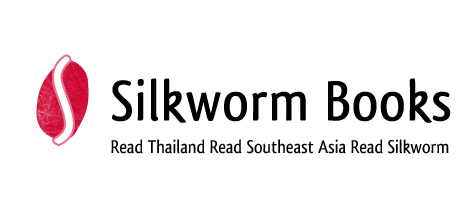
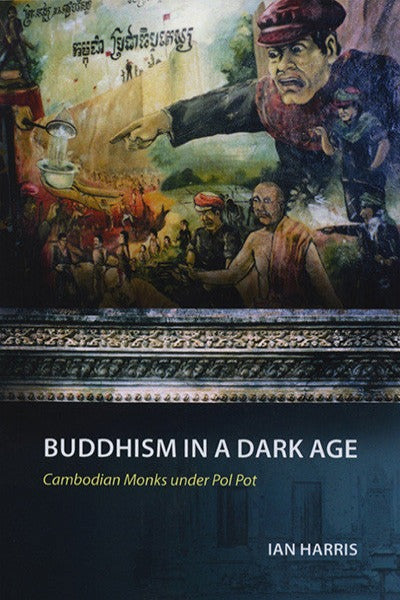

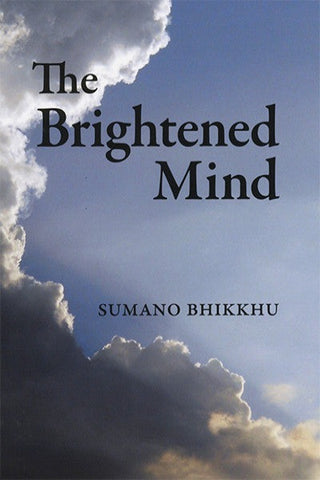
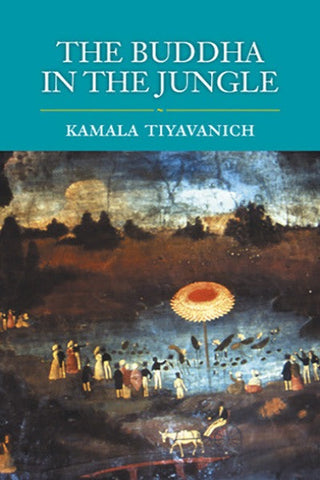
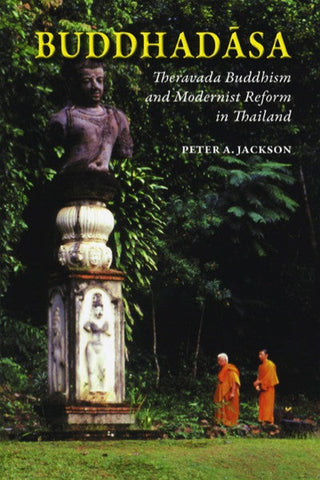
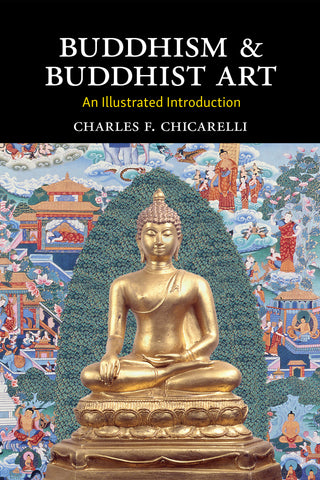
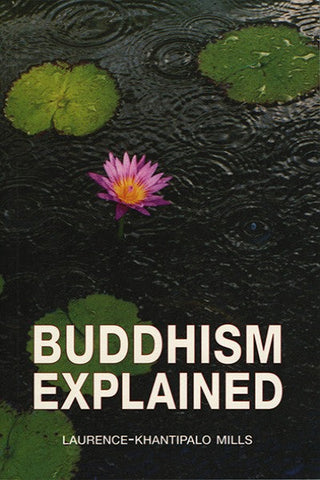
Share this item: